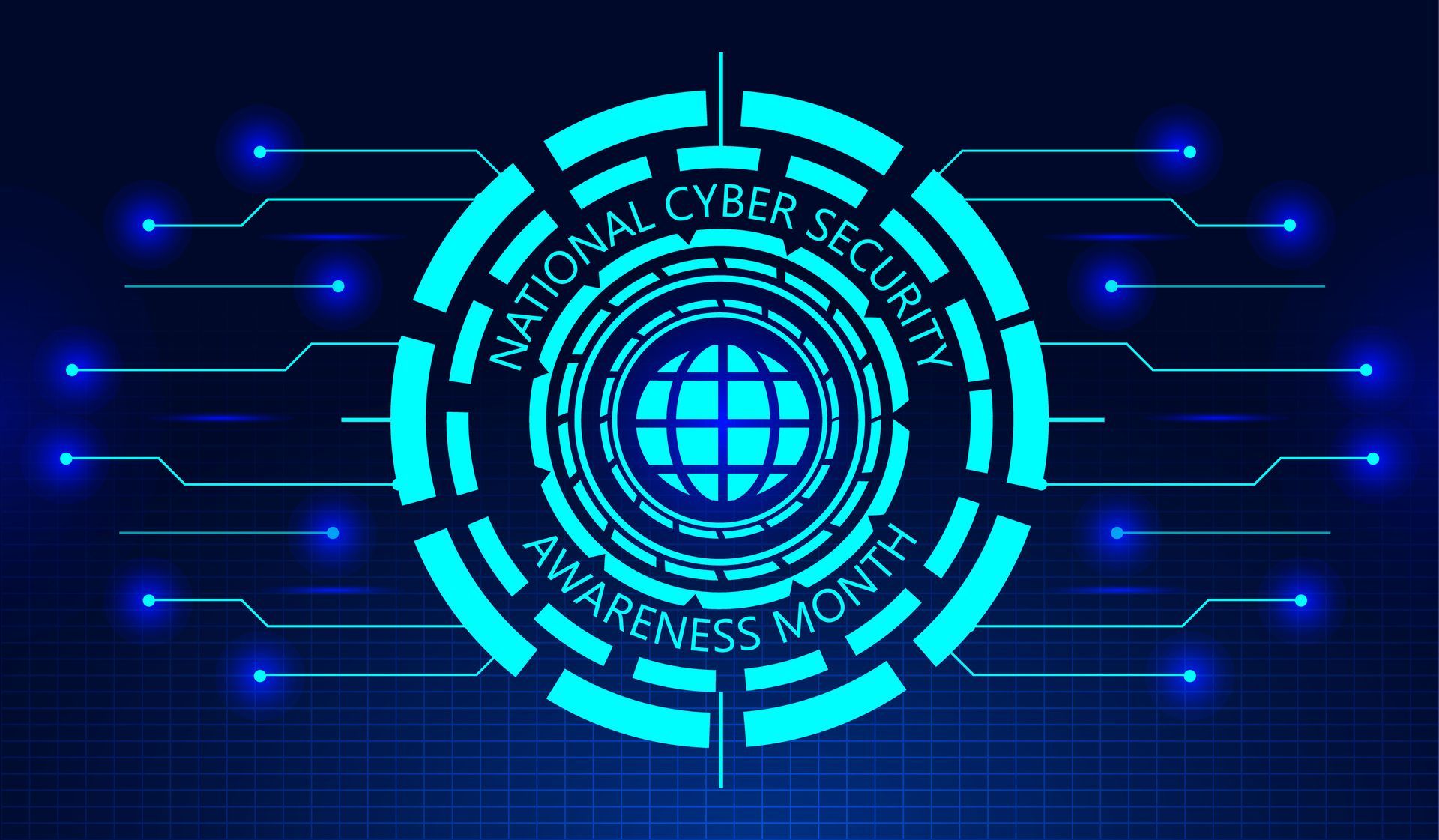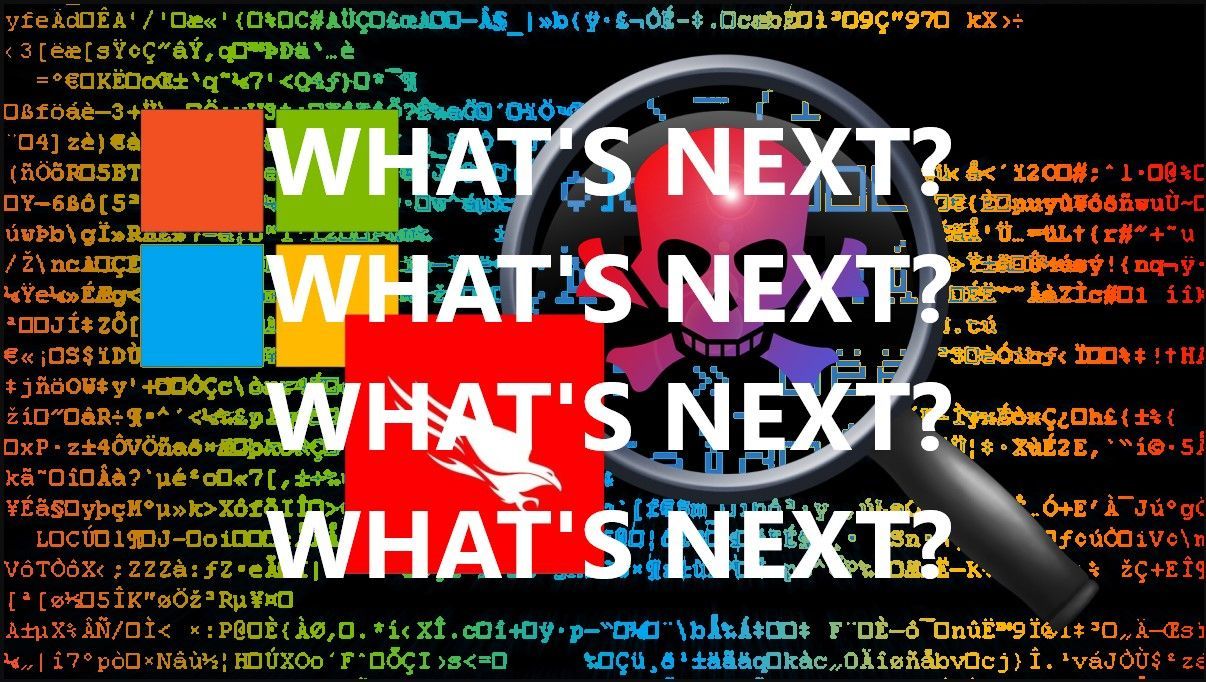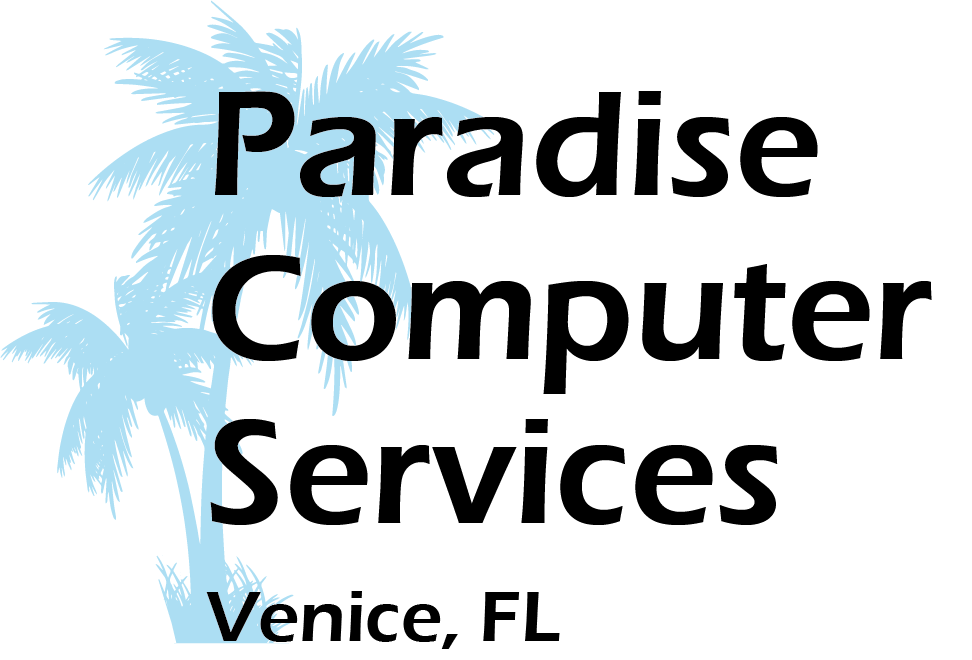Cybersecurity and Zero Trust Architecture: Protecting Your Digital Assets in an Era of Increasing Threats
Cybersecurity and Zero Trust Architecture: Protecting Your Digital Assets in an Era of Increasing Threats
In today's rapidly evolving digital landscape, cyber threats are becoming more sophisticated and frequent than ever before. The traditional approach to cybersecurity, which relied on a trusted internal network protected by a secure perimeter, is no longer sufficient to safeguard our valuable data and systems. As a result, organizations are increasingly turning to Zero Trust Architecture (ZTA) as a more robust and effective security model.
The Rising Tide of Cyber Threats
Recent statistics paint a sobering picture of the current cybersecurity landscape:
- According to a report, there were 70% more data breaches in the third quarter of 2022 compared to the second quarter.
- The average cost of a data breach rose from $4.24 million in 2021 to $4.35 million in 2022, representing a 2.6% increase.
- A staggering 236.1 million ransomware attacks were reported worldwide during the first half of 2022 alone.
These numbers underscore the urgent need for more robust cybersecurity measures, especially as the gap in attack frequency between small and large businesses narrows. Read more about it here.
Enter Zero Trust Architecture
Zero Trust Architecture is a strategic approach to cybersecurity that eliminates implicit trust and continuously validates every stage of digital interaction. Rooted in the principle of "never trust, always verify," ZTA is designed to protect modern environments and enable digital transformation by using strong authentication methods, leveraging network segmentation, preventing lateral movement, providing Layer 7 threat prevention, and simplifying granular, "least access" policies.
Key Principles of Zero Trust Architecture
- Continuous Authentication and Authorization: ZTA enforces ongoing verification of user identity, device integrity, and access privileges throughout a session.
- Micro-segmentation: By dividing the network into smaller, more manageable units, ZTA significantly reduces the risk of unauthorized access and lateral movement within a network.
- Least Privilege Access: Users and devices are granted only the minimum access necessary to perform their tasks.
- Data-Centric Security: ZTA focuses on protecting data, regardless of where it resides or how it's accessed.
- Continuous Monitoring: Real-time monitoring and analytics help quickly detect and respond to threats.
Several major tech companies have successfully implemented Zero Trust Architecture:
- Google's BeyondCorp: This implementation eliminated the concept of a trusted internal network, requiring all devices to undergo strict verification before accessing Google's resources. As a result, Google observed a significant reduction in successful phishing attacks.
- Dropbox's Project Infinite: This system includes rigorous authentication processes, continuous user activity monitoring, and robust encryption to ensure that only authorized users can access data.
- Microsoft Azure Active Directory: This cloud-based identity and access management service supports Zero Trust principles through features like conditional access policies, risk-based authentication, and privileged identity management.
The benefits of adopting ZTA are clear. A study by Forrester found that organizations adopting ZTA experienced 30% fewer security incidents and 40% less severe security breaches than those relying on traditional security models. Additionally, 81% of organizations implementing ZTA reported improved data security and decreased data exfiltration incidents.
Challenges
Despite its benefits, implementing Zero-Trust Architecture can be challenging. Gartner projects that over 50% of organizations will fail to realize the benefits of Zero-Trust by 2026, while Forrester reports that 63% of organizations struggle with implementation. These statistics highlight the complexity of transitioning to a zero-trust model and the need for careful planning and execution.
The Path Forward
As cyber threats continue to evolve and increase in frequency, adopting Zero Trust Architecture is no longer an option—it's a necessity for organizations of all sizes. By embracing the principles of Zero Trust, companies can significantly enhance their security posture, reduce the risk of data breaches, and better protect their valuable digital assets.
However, implementing ZTA requires a holistic approach involving not just technology but also organizational culture and process changes. Businesses must invest in the right tools, provide comprehensive training to their staff, and continuously adapt their security strategies to stay ahead of emerging threats.
Zero Trust Architecture offers a robust framework for safeguarding our digital future in an interconnected world where data is the new currency. The question is no longer whether to adopt Zero Trust but how quickly and effectively we can implement it to stay one step ahead of cyber adversaries.
Implementing a Zero Trust Architecture can seem daunting as we navigate the complex cybersecurity landscape. However, you don't have to face this challenge alone. Paradise Computer Services is committed to helping businesses of all sizes enhance their security posture and protect their valuable digital assets.
Whether you're just starting your Zero Trust journey or looking to optimize your existing security measures, we're here to help. Don't wait for a security breach – take proactive steps today to safeguard your organization's future.
Call us at 941-493-5126 to learn more about how we can assist you in implementing a robust Architecture. Let's work together to build a more secure digital environment for your business.

















